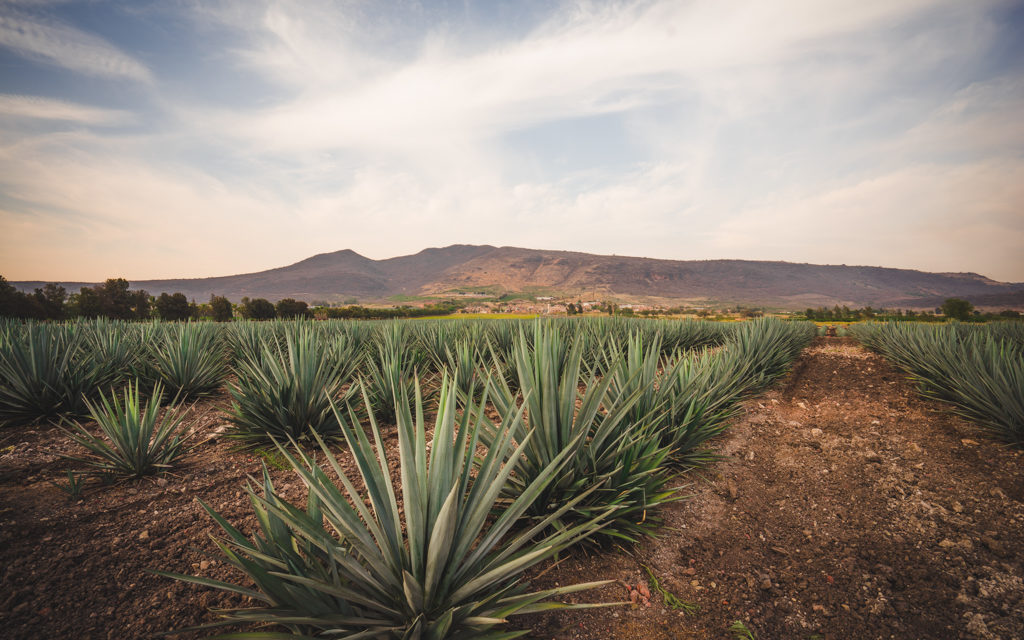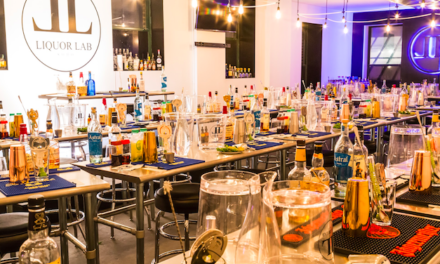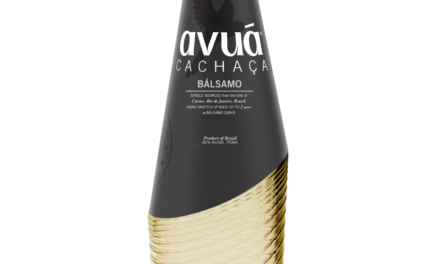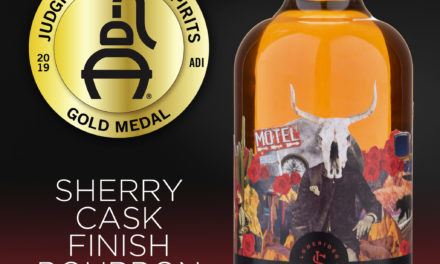If procrastination is your game, sourcing agave for tequila production is going to cost you a pretty penny. “There are new brands coming out all the time,” says Antonio Rodriguez, director of production at Patrón Tequila in Jalisco, Mexico. “People try to get in based on price because they didn’t prepare, and it’s driving up costs,” he adds.
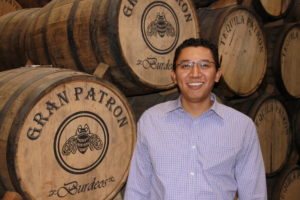
Antonio Rodriguez [Photo courtesy Patrón]
Patrón sources approximately 100 tons of agave annually and is consistently increasing that amount. “We work with growers who’ve been doing this for generations and who we know employ best practices,” says Rodriguez. “Who we source from is critical.
“One sure way to avoid a shortage is to plant your own,” he continues. “Until now, we didn’t do that.”
This summer, Patrón introduced its first Estate Release tequila, made from agave grown on its approximately 123-acre property. Less than 12 acres were planted and harvested. “At first, it was intended just to look nice,” Rodriguez says. “But we realized it was of high quality due to the fertile soil, so we decided to craft a special release. The response has been great.”
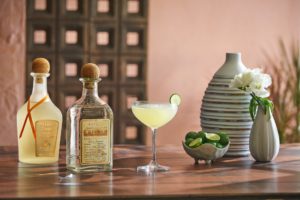 The agave was harvested last year then the crops were replaced with corn and chickpeas. This past July, it was replanted to agave. The next harvest will be in 2026.
The agave was harvested last year then the crops were replaced with corn and chickpeas. This past July, it was replanted to agave. The next harvest will be in 2026.
“What sets this release apart is that it’s slightly higher proof [84 versus 80]. We sampled different proofs to see which one emphasized the aromatics and characteristics of the estate’s terroir.” The result is a prime example of what can happen when planning, quality, care, and detail are part of the equation.

